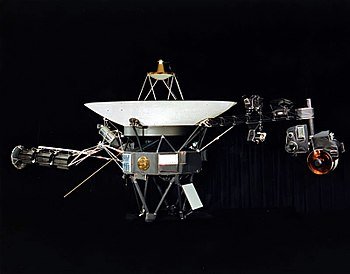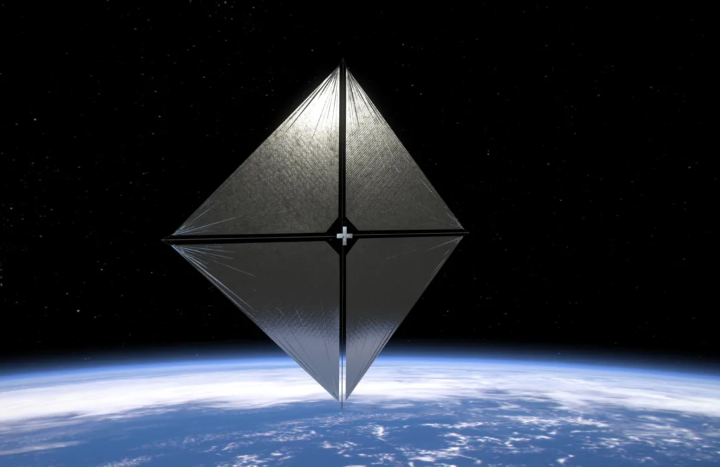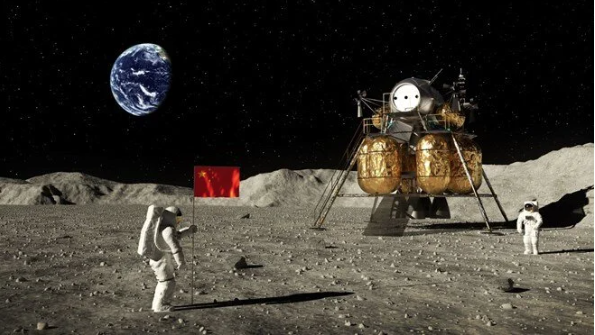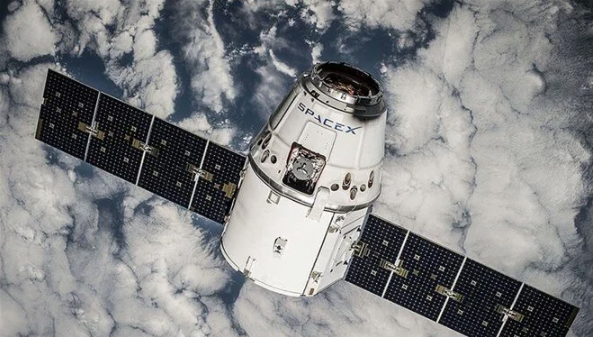Voyager 2 was launched into orbit on August 20, 1977. 16 days later, Voyager 1, its twin, would be put into orbit. Together, they would advance knowledge of the Solar System’s gas giant planets and mark the departure of the heliosphere and entry into interstellar space of the first man-made objects. The Voyager program is NASA’s longest-lasting mission, a symbol of the spirit of exploration, and an outstanding achievement in science and technology after 45 years.
- A Huge Megalithic Complex Found in Spain
- TikTok’s in-app browser may be doing keylogging, privacy analysis warns
When we consider the mission, one of the most astounding features is the technological component. The Voyager probes’ equipment is antiquated. On an eight-track tape player, they record data. They have memory capacities that are roughly 3 million times lower than those of typical current cellphones. Speaking about cell phones, interstellar space doesn’t have a very good signal. Data transmission on the spacecraft is about 38,000 times slower than that of 5G.
The link is made through NASA’s Deep Space Network, and the only antenna that can reach Voyager 2 is outside of Canberra, Australia. There was some concern when, in 2020, the antenna had to be removed for several months to be repaired, but the spaceship was ready to greet everyone once contact had been restored.
According to Linda Spilker, the deputy project scientist for Voyager at NASA’s Jet Propulsion Laboratory (JPL), “Today, as both Voyagers explore interstellar space, they are giving humanity with observations of unexplored territory.” This is the first time we’ve been able to directly observe how a star, our Sun, interacts with the particles and magnetic fields outside our heliosphere, aiding in the understanding of the immediate neighborhood between the stars, disproving some of the theories about this region, and offering crucial information for upcoming missions.

Current distance from Earth of Voyager 1 is 23.5 billion kilometers (14.6 billion miles). Voyager 2, which launched earlier but is currently 19.5 billion kilometers (12.1 billion miles) from Earth, is somewhat behind due to its longer, slower orbit that allowed it to visit Uranus and Neptune. The two spacecraft’s continued use of cutting-edge research is simply amazing.
According to Nicola Fox, director of the Heliophysics Division at NASA Headquarters in Washington, “the heliophysics mission fleet provides invaluable insights into our Sun, from understanding the corona or the outermost part of the Sun’s atmosphere, to examining the Sun’s impacts throughout the solar system, including here on Earth, in our atmosphere, and on into interstellar space.
The Voyager missions have been crucial in supplying this knowledge over the past 45 years and have changed our understanding of the Sun and its influence in ways no other spacecraft can.
As the spacecraft’s nuclear power progressively diminishes, many of the onboard systems had to be turned off, but as long as the mission-critical equipment is kept running, the mission will continue. Each spaceship is equipped with a Golden Record, which contains music as well as photos and sounds of the Earth’s environment.
According to Suzanne Dodd, project manager for Voyager at JPL, “The Voyagers have continued to make incredible discoveries, motivating a new generation of scientists and engineers.” Although we don’t know how long the mission will go, we can be sure that as the spacecraft gets further from the Earth, it will offer even more scientific surprises.





